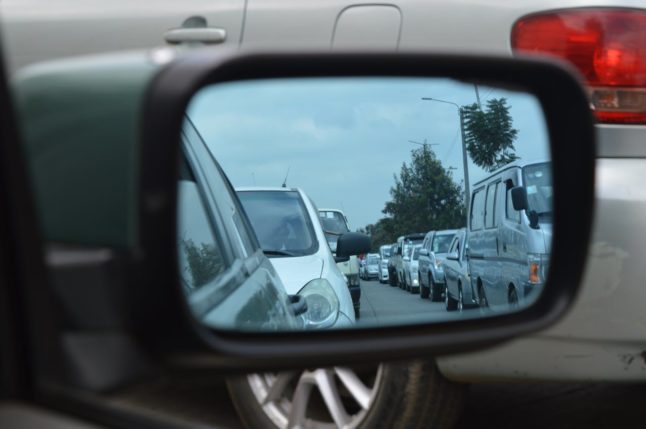Pre-owned cars are in high demand in Switzerland.
According to data from Swiss Auto Association, in 2022 (last year for which statistics are available), second-hand automobiles were advertised online for an average of 61 days before being snapped up, versus 67 days for a new car.
In fact, Swiss consumers prefer to buy used rather than new cars, according to Touring Club Schweiz (TCS) motoring organisation.
The main reason is that new cars lose their value almost immediately, while second-hand ones ‘devalue’ much slower.
Where should you look for a used car?
There are several venues for that, both off- and online.
One is to buy it from someone you know, which, of course, is the least risky solution.
You can also look at classified ads in the ‘auto’ section of your local newspaper, or online, in your area.
Alternatively, you can visit physical auto dealerships in your area, and see what used vehicles are for sale there.
But the most practical way is probably to ‘visit’ various websites dedicated to car sales.
Why is this the best option?
The main reason is that each of these sites (see below) lists tens or even hundreds of thousands of automobiles that are for sale in Switzerland at any given time.
The listing includes both new and pre-owned cars, but even so, you will find a larger selection of used vehicles on websites dedicated to car sales than by sifting through newspaper ads.
These are among the most popular ones:
All of these websites are the same, or at least very similar in what they offer — besides the cars, of course.
The vehicles being sold are usually checked by certified dealers, and some offer limited warranties, which is a good thing to have for a used car (or used anything).
You can choose the geographical area of your search, car type and model, the number of kilometres driven, year of manufacture, and price range.
Is it safe to purchase a car from these websites?
Obviously, the advantage of purchasing directly from a physical dealer, or a private person, is that you can inspect and test-drive yourself.
It goes without saying that you should never buy a big-ticket item like a car sight unseen, based only on a photo.
Therefore, these websites should be resources for you to see what’s available and where, and to compare prices.
You should definitely contact the seller and make arrangements to go see the vehicle and, ideally, have it inspected by a mechanic before actually purchasing it.
READ ALSO: What you should know about buying a car in Switzerland



 Please whitelist us to continue reading.
Please whitelist us to continue reading.
When upgrading my Peugeot car, my local Peugeot garage only had a few “nearly new” car options. However, when I Googled for other Peugeot garages, and found a better offer there, suddenly my local garage magically found a better car in their Swiss database. It pays to shop around.